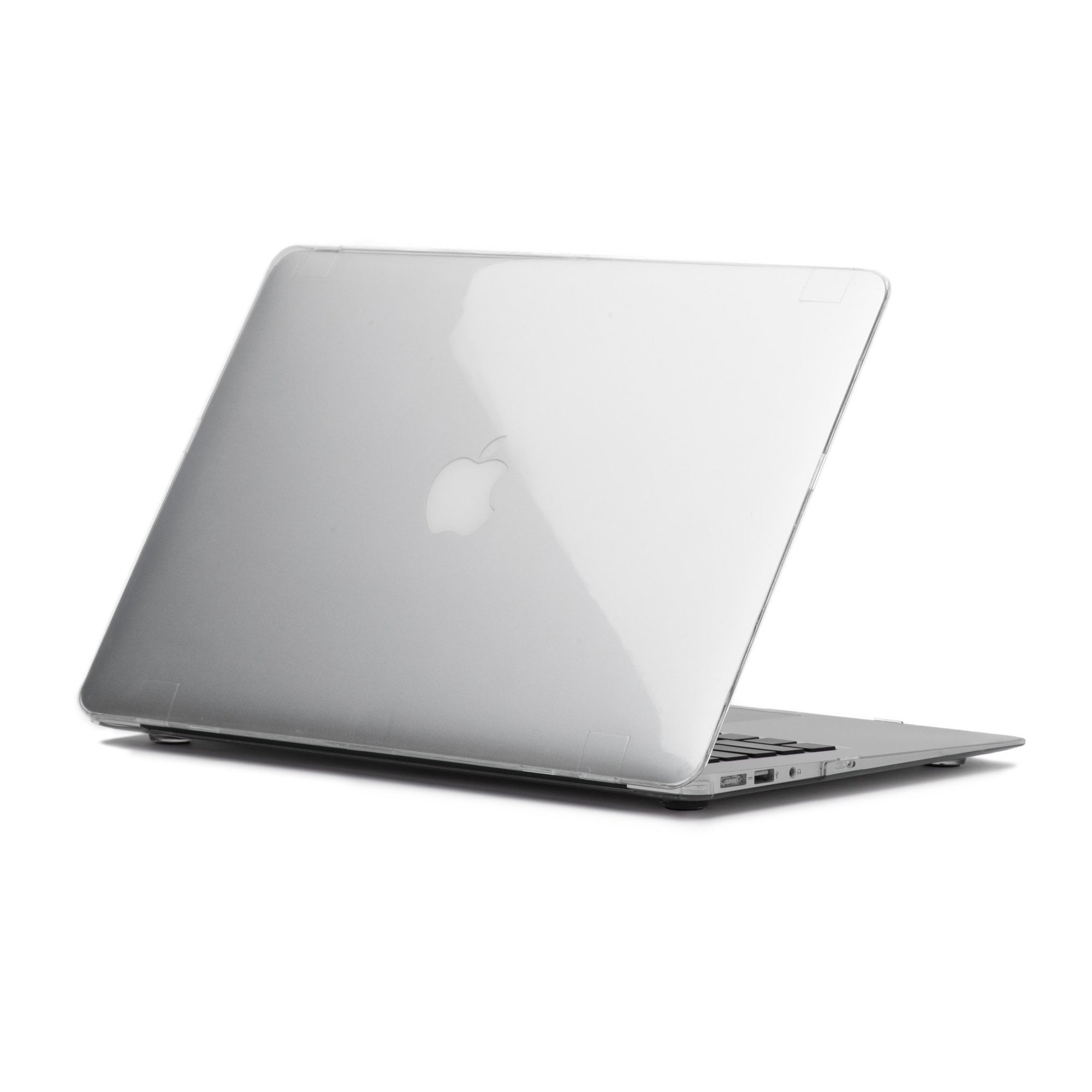

If you want to connect to a device without an open USB port for a 2.4GHz dongle, such as a phone or tablet, you’ll need Bluetooth. Luckily, the 2.4GHz connection has become the de facto standard in modern mice: Even cheap gear tends to prefer it. Bluetooth signals can be spotty, especially in public spaces with many Bluetooth devices in operation, which can introduce additional input lag.

While both connections work well most of the time, the 2.4GHz kind tends to be a little more stable. Which Wireless Connection Is Best in a Wireless Mouse? A few models support both types of connection in one mouse. Some mice, particularly models made for the office or mobile use, connect via Bluetooth, which doesn’t require any additional hardware assuming the client computer supports Bluetooth connectivity. The majority make use of a 2.4GHz radio-based connection, which syncs with a USB dongle you plug into your PC or Mac.

Like wireless keyboards, most wireless mice offer one of two ways to connect to devices.


 0 kommentar(er)
0 kommentar(er)
